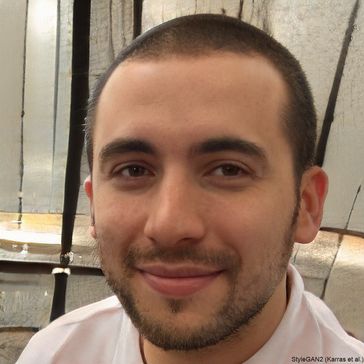Macular degeneration is a leading cause of vision loss, particularly in older adults. This condition affects the macula, the central part of the retina responsible for sharp vision. As the condition progresses, it can impair the ability to read, drive, and recognize faces. While there is no cure for macular degeneration, several treatments can slow its progression and improve the quality of life for those affected.
What is Macular Degeneration?
Macular degeneration, also known as age-related macular degeneration (AMD), is a progressive eye disease that damages the macula, the central part of the retina. The macula is essential for tasks like reading, driving, and recognizing faces. AMD typically affects people over the age of 50 and is one of the leading causes of vision loss in older adults.
There are two main types of macular degeneration:
- Dry Macular Degeneration: This is the most common form of AMD, accounting for about 90% of cases. It occurs when the light-sensitive cells in the macula gradually break down, leading to blurred central vision. This form progresses slowly, and vision loss may be subtle at first.
- Wet Macular Degeneration: This is a more severe and less common form of AMD, characterized by the growth of abnormal blood vessels beneath the retina. These vessels leak fluid or blood, which can lead to rapid vision loss. Wet AMD often requires more immediate medical attention.
Treatments for Macular Degeneration
While there is currently no cure for macular degeneration, several treatments are available to manage symptoms and slow the disease’s progression. These treatments focus on preserving central vision and improving the quality of life for those affected.
1. Anti-VEGF Injections
For wet macular degeneration, anti-VEGF (vascular endothelial growth factor) injections are one of the most common and effective treatments. These injections help prevent the growth of abnormal blood vessels under the retina, which is a hallmark of wet AMD. By blocking the VEGF protein, which stimulates the growth of these vessels, anti-VEGF drugs can reduce swelling, bleeding, and fluid buildup.
The most commonly used anti-VEGF medications include:
- Lucentis
- Eylea
- Avastin
2. Photodynamic Therapy (PDT)
Photodynamic therapy is another treatment option for wet macular degeneration. This procedure involves the use of a light-sensitive drug (verteporfin) that is injected into the bloodstream. The drug is then activated by shining a laser onto the retina, which helps to destroy abnormal blood vessels. PDT can reduce the risk of further vision loss, but it is less commonly used now due to the effectiveness of anti-VEGF injections.
4. Nutritional Supplements
For dry macular degeneration, certain nutritional supplements may help slow the progression of the disease. The Age-Related Eye Disease Study (AREDS), conducted by the National Eye Institute, found that specific vitamins and minerals can benefit people with intermediate or advanced dry AMD. These supplements typically include:
- Vitamin C
- Vitamin E
- Zinc
- Copper
- Lutein
- Zeaxanthin
Conclusion
Macular degeneration is a serious eye condition that can lead to significant vision loss if left untreated. While there is no cure for the disease, various treatments can slow its progression and improve the quality of life for those affected. Anti-VEGF injections, nutritional supplements, and low vision aids are among the most effective options available. By working closely with an eye care professional and making certain lifestyle changes, individuals with macular degeneration can better manage the disease and maintain their vision for as long as possible.

